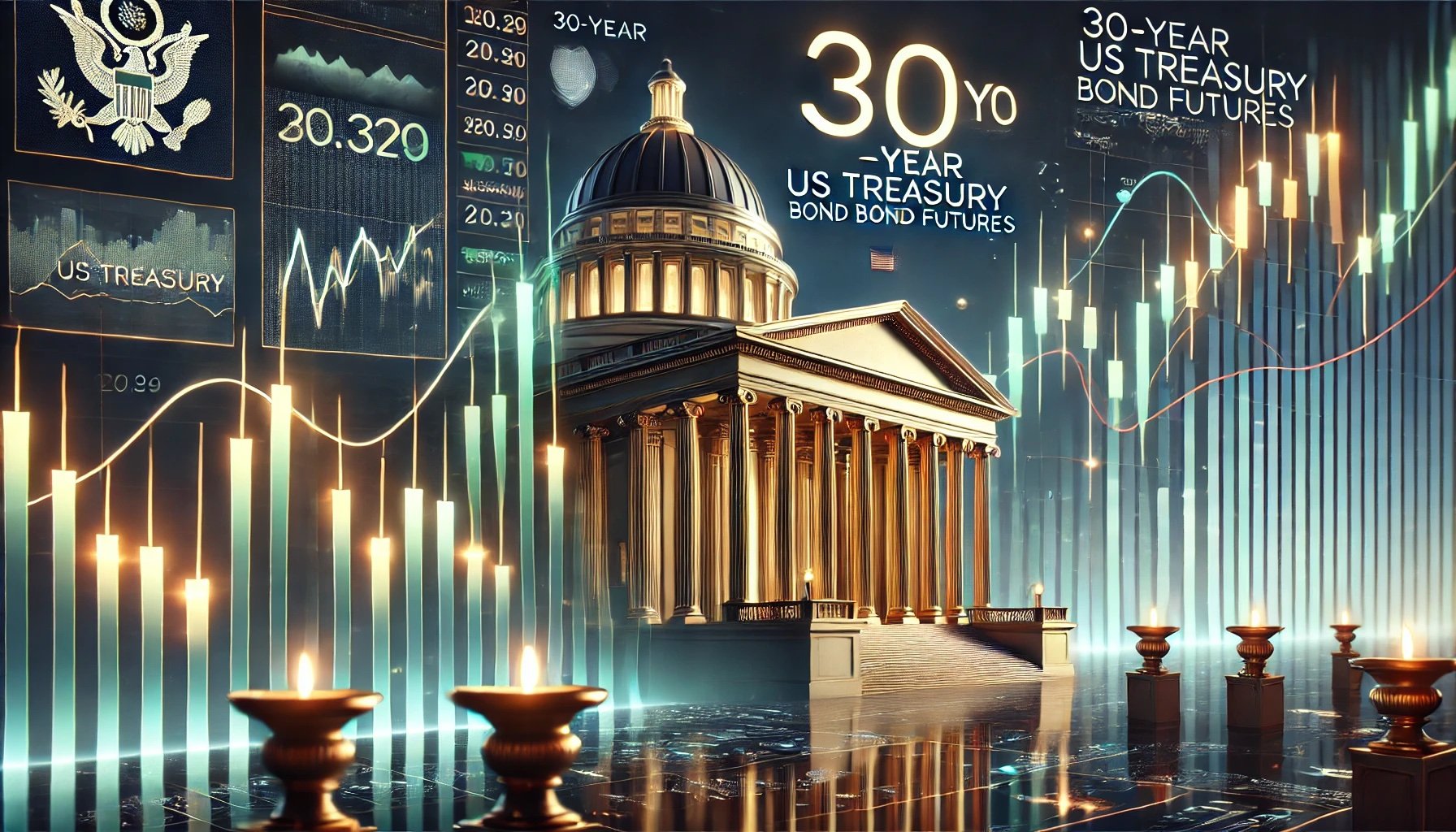
30 Year US Treasury Bond Futures
A Comprehensive Overview of the ZTB Future Contract: History and Evolution
The ZTB future contract, representing the 30-Year U.S. Treasury Bond futures, is a crucial instrument in the world of fixed-income trading. It provides investors and traders with a way to hedge against or speculate on long-term interest rate movements, reflecting the performance and yield of U.S. government debt over a 30-year horizon. The history and development of the ZTB contract underscore its role as a foundational product in financial markets, particularly for those involved in interest rate strategies and macroeconomic forecasting.
Origins and Initial Development
The formal trading of U.S. Treasury futures dates back to the late 1970s, during a period of significant economic change in the United States characterized by high inflation and volatile interest rates. The need for a financial product to manage exposure to long-term interest rates became clear, leading to the introduction of the 30-Year U.S. Treasury Bond futures by the Chicago Board of Trade (CBOT) in 1977.
The creation of the ZTB future contract was pivotal, as it provided market participants with a standardized means to hedge long-term debt exposure and speculate on shifts in interest rates. Its introduction aligned with a growing demand for more sophisticated risk management tools as financial markets became increasingly complex.
Structure and Features of the ZTB Future Contract
The ZTB future contract is designed around the 30-Year U.S. Treasury bond, which is considered a benchmark for long-term interest rates and often referred to as the “long bond.” Each contract represents $100,000 in face value of 30-Year Treasury bonds with a minimum tick size of 1/32nd of a point, equivalent to $31.25 per tick.
The contract’s pricing is influenced by factors such as Federal Reserve policies, inflation expectations, economic data, and geopolitical developments. As a result, the ZTB contract is frequently used by institutional investors, financial institutions, and hedge funds to manage interest rate risk and forecast macroeconomic trends.
Growth and Market Importance
Since its inception, the ZTB future contract has gained widespread adoption among market participants. Its growth in popularity was fueled by the volatility of interest rates during the 1980s, a decade marked by aggressive monetary policy adjustments aimed at controlling inflation. The ZTB contract provided an essential tool for navigating these turbulent times, allowing traders and portfolio managers to adjust their interest rate exposures efficiently.
The 30-Year Treasury bond itself is a vital component of the U.S. government’s debt issuance strategy, and the corresponding futures contract reflects investor sentiment on long-term economic health and interest rate trends. The ZTB contract’s liquidity and depth have made it a cornerstone for those engaged in fixed-income trading and macroeconomic analysis.
Role in Hedging and Speculation
The ZTB future contract serves multiple strategic purposes. For hedgers, such as banks, pension funds, and insurance companies, it offers a way to protect against interest rate risks that could impact their long-term financial obligations. For example, a rise in long-term interest rates can reduce the present value of future cash flows, making the ZTB contract an essential instrument for managing portfolio sensitivity to rate changes.
Speculators, on the other hand, use the ZTB contract to take positions based on anticipated movements in long-term interest rates. This can be influenced by economic indicators such as GDP growth, unemployment rates, and inflation reports. The ZTB contract’s responsiveness to these factors provides traders with opportunities to capitalize on their market outlooks.
Technological Advancements and Trading Accessibility
The evolution of electronic trading platforms, such as CME’s Globex system, has greatly enhanced the accessibility and efficiency of trading the ZTB future contract. The shift from traditional open-outcry trading to electronic systems in the late 20th century allowed for faster execution, better price transparency, and the participation of a broader range of global market participants.
The move to digital trading has also facilitated the use of automated trading strategies, where algorithmic models analyze economic data and execute trades based on pre-defined conditions. This has contributed to the continued growth in volume and liquidity of the ZTB contract.
Performance Through Economic Cycles
The ZTB future contract has proven resilient through various economic cycles, reflecting investor sentiment and policy shifts. During times of economic expansion, the contract often sees movements tied to rising interest rates as the Federal Reserve adjusts its policies to curb inflation. Conversely, in periods of economic downturn or crisis, the ZTB contract is frequently influenced by falling rates as investors seek safety in long-term government bonds.
Examples include the global financial crisis of 2008, where the ZTB contract saw significant activity as the Federal Reserve lowered interest rates to stimulate the economy. More recently, during the COVID-19 pandemic, the contract remained a focal point for traders and investors navigating unprecedented levels of monetary stimulus and economic uncertainty.
Current Status and Future Outlook
Today, the ZTB future contract is integral to the landscape of bond trading and interest rate forecasting. Its liquidity and versatility continue to attract diverse market participants who seek to manage long-term interest rate exposure effectively. As financial markets adapt to new economic challenges and policies, the ZTB contract is expected to maintain its relevance and importance.
Conclusion The history of the ZTB future contract highlights its critical role in financial markets as both a hedging tool and a speculative instrument. From its launch in the late 1970s to its current status as a cornerstone of the fixed-income market, the ZTB contract has provided a reliable means for traders and investors to navigate long-term interest rate trends and manage associated risks. Its enduring presence underscores its value in the ever-evolving landscape of global finance.